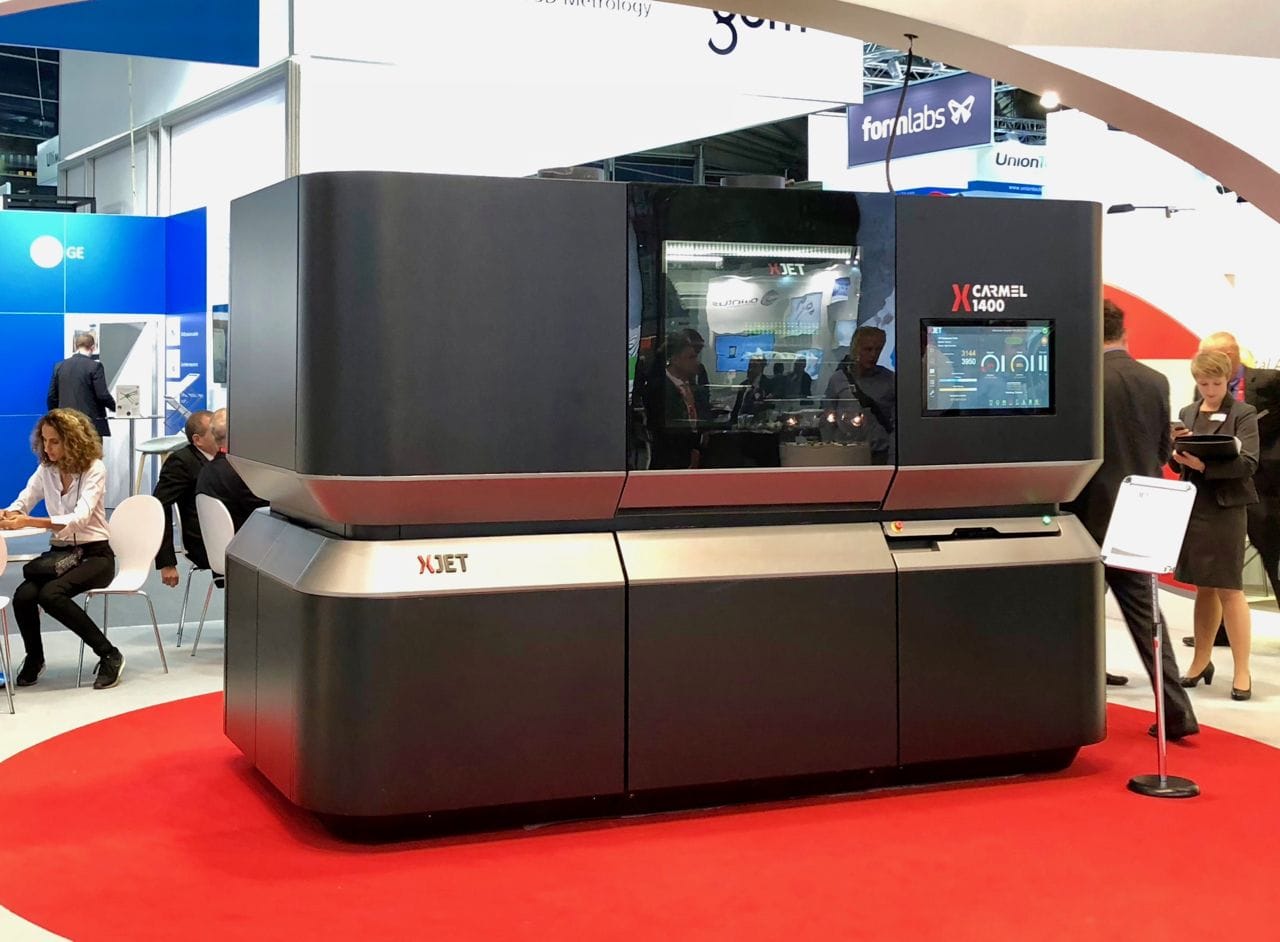
XJET has shipped their first 3D printing system, and it won’t be the last.
The fortunate company to receive the first Carmel 1400 ceramic printer was Switzerland-based Oerlikon, a leading global technology firm providing a wide variety of services. This is not a small firm, either, as they currently employ almost 14,000 staff worldwide, and operate in 37 countries. The first system will be at one of their German subsidiary’s locations.
They will be able to make use of the new Carmel 1400, which surprisingly 3D prints in ceramic material, rather than metal, which XJET had spoken highly of last year.
We were as surprised as anyone that XJET’s first machines would be ceramic instead of metal 3D printers, but after a discussion with their CEO, the decision makes much sense. [We will publish this full interview later, explaining their rationale.]
I’m very interested in following XJET’s progress, as their 3D printing process is unique among all the methods currently devised. I believe it is possible to 3D print the most variety of materials with the XJET process.
Why so? Because their process involves a combination of effects that enable not only multiple materials, but also high resolution.
The XJET process is based on inkjet technology, but instead of plain ink the company has prepared special mixes of nanoparticles that are embedded within droplets. These nanoparticles are the actual material intended for the print, but are able to be precision ink-jetted at high resolution.
Once printed, a heat process removes the liquid, leaving just the material. This green part is then fired in a furnace to fuse the nanoparticles together to form a completed solid object.
Sounds straightforward, but ask yourself how many different types of material could be 3D printed in this way? Virtually any metal could be powdered and ink-jetted, as could be many ceramics. I suspect you could even 3D print in thermoplastics as well, but XJET is not talking about that perhaps because that market is already served by countless other inexpensive machines.
But my point here is that this machine’s technology appears to be able to 3D print in plastic, ceramic AND metal, simply by changing the input liquid materials.
Now we see their first machine appear in a customer workshop, where I am certain XJET’s technical staff are eagerly helping out. They will be working out bugs and fixing issues, as well as gathering knowledge to improve future equipment.
As for their choice of Oerlikon as the first customer, I think this is very wise. Such a large and experienced company will certainly provide a great deal of expertise during implementastion and provide very practical client requirements. If successful, it’s possible Oerlikon might purchase quite a few more units from XJET in the future.
All of this bodes very well for XJET, whose technology has yet to be officially proven in customer activities, but that seems to be very close now.
Via XJET

